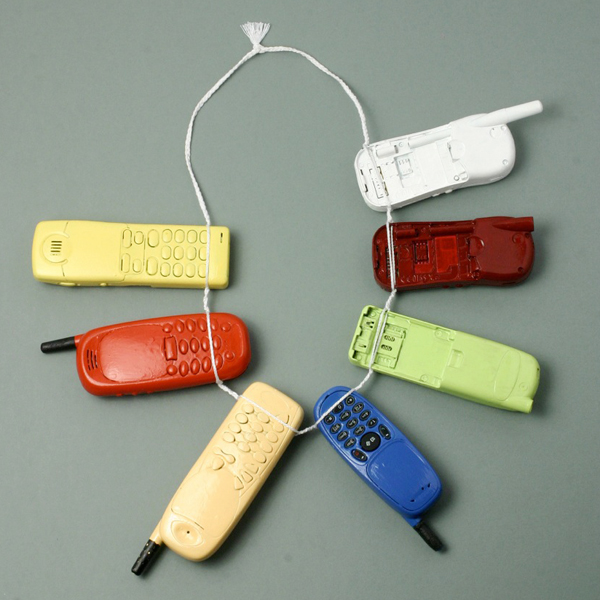The contemporary jewelry scene sometimes acts like it doesn’t matter where you come from. The nationality of makers—and viewers—is acknowledged and then denied, an accident of birth but not something that needs to be factored into the interpretation of the work.
So, what happens if you try and locate Lisa Walker as a New Zealand jeweler who makes New Zealand jewelry? As a writer from New Zealand who has worked hard to turn this quirk of fate into a critical strategy for interrogating the regional biases of the contemporary jewelry field, it seems to me that New Zealand viewers can share in what makes Walker an important and interesting jeweler within the world of European contemporary jewelry. But, we can also discern a dimension in her practice that speaks specifically to our history, to the issues of jewelry that have emerged in New Zealand in the past 40 years. I wouldn’t claim that this makes us better or more privileged viewers of Walker’s jewelry, but I think it does go some way to explaining why, in certain cases, Walker makes the choices that she does. And, it highlights the intentionality and intelligence of her practice, which might not always be visible from the global, deterritorialized perspective of the “ideal” contemporary jewelry viewer.
The cell phone necklace is, firstly, a kind of pure statement of the readymade in Walker’s jewelry, something she is constantly playing with. It is a kind of game. How much or how little can you do to something to transform it into your work, to make it turn into jewelry? What is the weirdest kind of object you can use in a piece of jewelry and get away with it? What kind of intervention is going to be most successful? This necklace is bold and straightforward (the cell phones and nothing else), and the interventions are minimal (painting the phones different colors, turning some of them upside down, stringing them on a cord) but still enough to reassure us that we are in the presence of artistic intentionality. The choice of cell phone type is inspired. They are old, but not so old that we can’t recognize them. This activates a certain kind of tension between us and the objects in the necklace and creates a situation in which we connect and are disconnected at the same time. And then, of course, the necklace is a joke about communication and individuality and statements of identity. After all, cell phones are major status symbols, so what does it say when you put on a necklace of out-of-date models?
The cell phone necklace also stages a particular connection to New Zealand jewelry. This is through the way she has constructed the piece: simple repeated elements strung onto a cord. This approach is very typical of the bone-stone-shell jewelry movement in New Zealand in the 1980s, which took its lessons from Pacific adornment and updated them for the requirements of contemporary jewelry. Even the way she has secured the cell phones—three strands that drill through and wind around the phones—is a technical solution pioneered by Alan Preston and Warwick Freeman for use with shell, bone, and stone elements. And when you throw in the cell phone as a communication device, a way of bridging distance, the necklace becomes quite witty. It talks about distance and difference and Walker’s own position and experiences as a jeweler who went into exile, established herself as an international jeweler freed from the limits of geography, made that necklace, and then came back to New Zealand.





